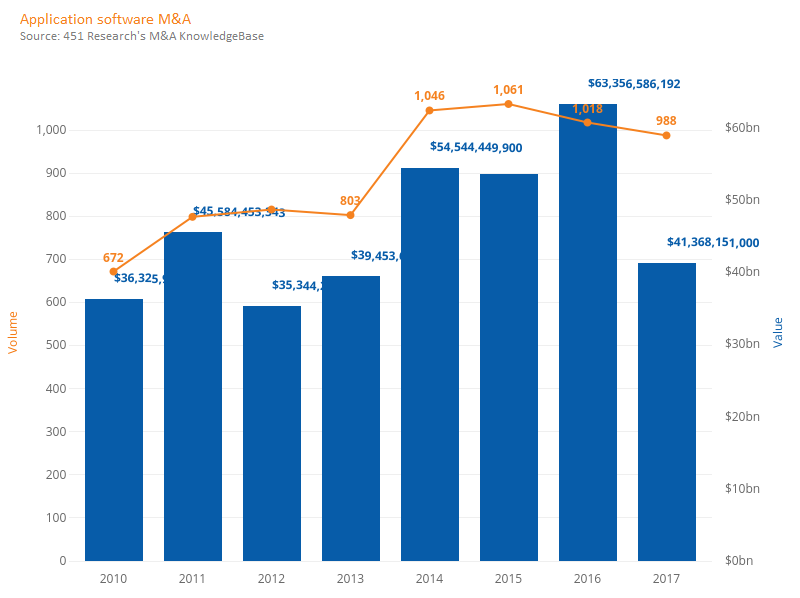Contact: Scott Denne
Retailers’ M&A strategies are moving on from the front to the back of the house. A pair of deals from Nordstrom – BevyUp and MessageYes – exemplify the trend of retailers shifting away from customer-facing businesses, such as mobile apps and e-commerce sites, in favor of supporting technologies with an aim toward changing how customers interact with brick-and-mortar businesses.
In BevyUp and MessageYes, Nordstrom obtains a pair of tools that it hopes will help it improve customer engagement with an app for in-store salespeople (BevyUp) and mobile commerce technology (MessageYes). Although Nordstrom will barely pick up 50 employees between the two transactions, yesterday’s announcement is noteworthy because it marks Nordstrom’s first tech acquisitions in three and a half years and comes as much of management’s time is focused on a contentious take-private proposal from the company’s founding family.
Moreover, Nordstrom is not alone in seeking internal capabilities to lead it to a flexible business model and new methods of engagement. Walmart and Target each inked deals last year (Shipt and Grand Junction, respectively) to build out their delivery capabilities, while Bed Bath & Beyond and Williams-Sonoma reached for virtual interior decorating capabilities with their respective purchases of Decorist and Outward. At Nordstrom itself, its last two tech transactions were for customer-facing properties – online retailer HauteLook and online personal shopping service Trunk Club. That’s different than the supporting technologies it nabbed today.
Amid declining sales and an existential threat from Amazon, retailers and consumer-goods vendors are turning toward tech to drive customer loyalty. According to 451 Research’s VoCUL: Corporate Mobility and Digital Transformation survey, 44% of respondents in those categories said that ‘improving customer experience’ would be among the top drivers of their software investments heading into 2018.
For more real-time information on tech M&A, follow us on Twitter @451TechMnA.

